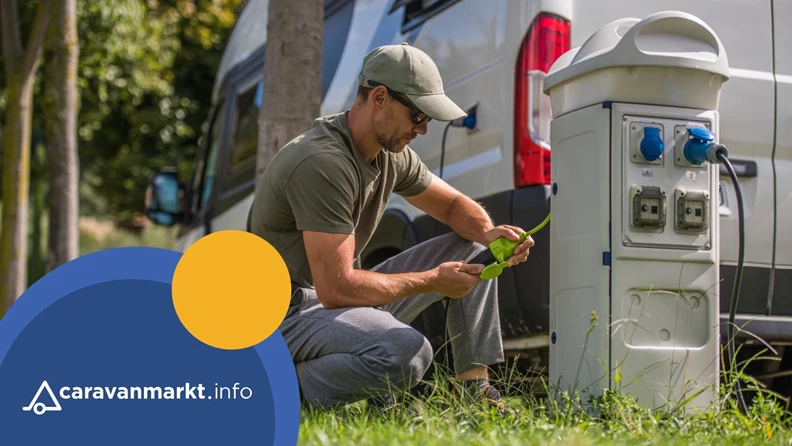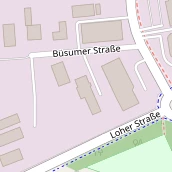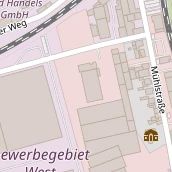Electromobility is revolutionizing the automotive industry - but what about mobile homes? Electric mobile homes are an exciting innovation that is intended to enable sustainable travel. However, the market is still in its infancy. In this article, we take a look at the current state of the art, infrastructure challenges, the range issue and the future prospects for electric mobile homes.
Motorhomes with electric drive - current status
While electric cars are becoming more and more popular, fully electric motorhomes are still a rarity. There are currently only a few models, including the WOF Iridium EV, which offers a range of around 300 to 400 kilometers . Manufacturers such as Hymer, Dethleffs and Mercedes are working on concept vehicles that are due to come onto the market in the coming years.
Some companies are focusing on hybrid solutions that combine electric drives with fuel cells or range extenders to increase the range. However, the range remains extremely limited compared to conventional motorhomes.
infrastructure challenges
A major obstacle for electric motorhomes is the charging infrastructure. Motorhome parking spaces and campsites are often located in rural areas where fast charging stations are still rare. In addition, the higher battery capacities of motorhomes require longer charging times.
Another problem is load management at campsites. Many pitches are not designed to accommodate multiple electric vehicles at the same time. This could lead to overloads and high expansion costs for operators.
range problem
The biggest challenge for electric motorhomes is their limited range. Due to their high weight and air resistance, motorhomes require more energy than conventional electric cars . Current models usually manage between 200 and 400 kilometers, which is rather impractical for long trips. But for the camping experience in your own area, it is more than enough.
For leisure campers who have to stop every 200 - 300 kilometers, motorhomes with electric drives offer a suitable alternative. In addition: cruising quietly along the streets. For long-distance trips, however, solutions are needed that could look like this:
- Larger batteries , which however increase weight and cost
- Lightweight construction to reduce energy consumption
- solar panels to generate additional range
- Expansion of fast-charging technology to enable shorter charging breaks
Future prospects for e-mobility in camping
The development of electric mobile homes is still in its early stages, but progress is promising. More and more manufacturers are investing in alternative drives and the expansion of the charging infrastructure is progressing . Leading the way are companies that have specialized in the expansion of fast-charging infrastructure - including on campsites. An essential component for operators is the simple billing of charging processes - without manual effort. Companies like e-sprit are focusing on this topic.
Innovations such as better battery technologies, inductive charging and self-sufficient energy systems could help make electric motorhomes suitable for mass use in the coming years . Combined with the increasing demand for sustainable tourism, they could become a real alternative to conventional motorhomes. This is especially true for regions and cities that have high levels of exhaust emissions and therefore already restrict access to motorhomes.
Electric motorhomes offer great potential for environmentally friendly travel, but still face many challenges. The limited range and inadequate infrastructure currently make them attractive primarily for short trips and city breaks. However, with further technical advances and a better charging offer, this could change fundamentally in the next few years.



.png?h=64&w=200&mode=max&scale=canvas&format=webp&autorotate=true)



)




)
.png)